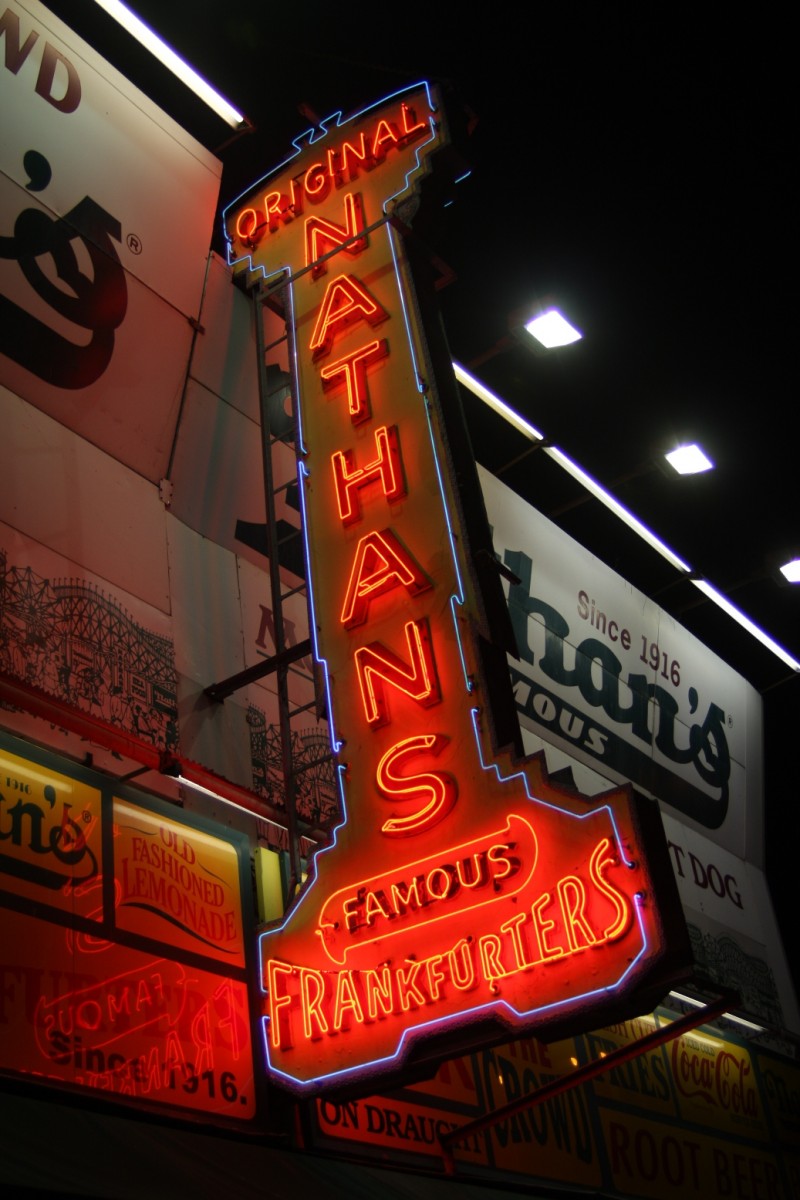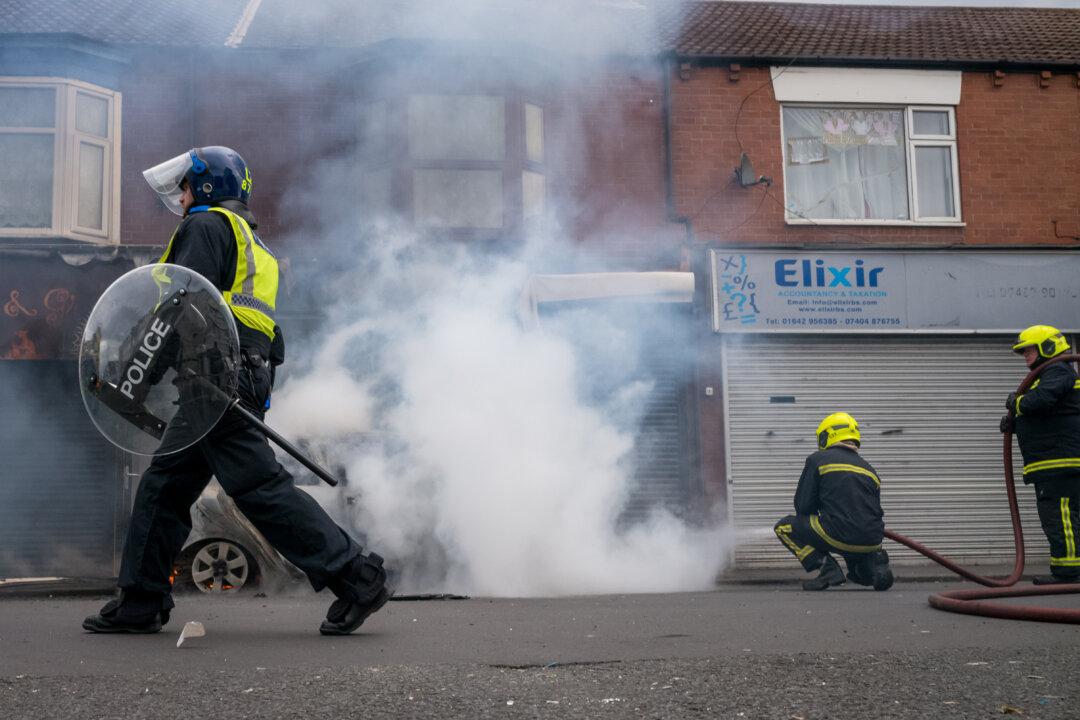NEW YORK—As a child, Tom Rinaldi traveled from his upstate home to visit his father’s family in Brooklyn. The city’s neon signs drew him in; The green glow of Dublin House on West 79th Street, the ruby beacon of Colony Records on Broadway with the girl in the poodle skirt who perpetually jumped in excitement with a record in her hand.
“There is something about a neon tube that is visually compelling, like staring into a fireplace. It’s just mesmerizing,” wrote Rinaldi in an email.
Rinaldi now lives in Chelsea and nervously watches the dimmed neon light of the Chelsea Hotel sign. When renovations on the hotel began, the sign went out, and Rinaldi worries it might go the way of so many of its brothers replaced by LED-lit signs.
When he finished writing “Hudson Valley Ruins,” on threatened historic sites along the Hudson River, Rinaldi turned his attention to neon signs and began photographing the rare and dying breed for an upcoming book, “New York Neon.”
He hopes to preserve the signs by drawing attention to their dwindling numbers. He also blogs (http://nyneon.blogspot.com). He recently posted photos of all the neon signs the city lost in 2011, including Macy’s on 34th Street and Seventh Avenue, and the Milford Plaza Hotel on Eighth Avenue.
“Today, the older signs have the added appeal of nostalgia, of rarity—most of them have disappeared,” said Rinaldi. Some business owners stopped using the signs because they were associated with “unseemly kinds of businesses,” explains Rinaldi, but people also identify the signs with some of the old bars and restaurants that give a neighborhood character—the kinds of places replaced in some areas now by banks and other chain businesses.
One of his favorites, Nathan’s Hot Dogs on Coney Island, is still standing and is an iconic feature of the area.
Even if buildings are landmarked, said Rinaldi, the signs that hang on them have no protection. He hopes to see official protection for historic signs. The signs are built to last if only business owners will let them.
“The mid-century neon signs turned out to be way over built, they could really outlast the businesses that put them up. Shop owners eventually got wise and the trend went toward cheaper, more temporary signs,” said Rinaldi. “Like them or not, the old signs embody lots of workmanship that the new signs do not—the sheet metal, the neon tubes, were all hand crafted.”
Even when they don’t last, Rinaldi still finds beauty in the ruins.
“Its neglected state testifies for all the years it has been here, all the changes it has seen over eight decades. For those of us who admire it, the sign’s weathered aesthetic lets us feel that we have discovered something, found some beauty that is lost on most people,” wrote Rinaldi on his blog.
History of Neon Signs
The neon light was invented by a former employee of Thomas Edison, Daniel McFarlan Moore (1869–1936). He set up shop in the 1890s to develop an improvement on Edison’s incandescent bulb, which Moore called “too small, too hot, and too red,” according to a September 1894 edition of Cassier’s Magazine, sited by Thomas Rinaldi on his New York Neon blog.
Moore developed the machinery to use neon gas for light, but was frustrated in attempts to use it for general lighting purposes. Neon gas burns red (another substance called argon is generally used for other colors).
“I had the impression that it was good only for illuminated signs and relatively unimportant work,” commented electrical engineer Gano Dunn of Moore’s invention in 1907, according to New York Neon.
In 1910, Georges Claude, who owned Air Liquide, a company that supplied specialty gases for industrial use patented an improvement on the Moore tube and started making the signs that became 20th century icons.















